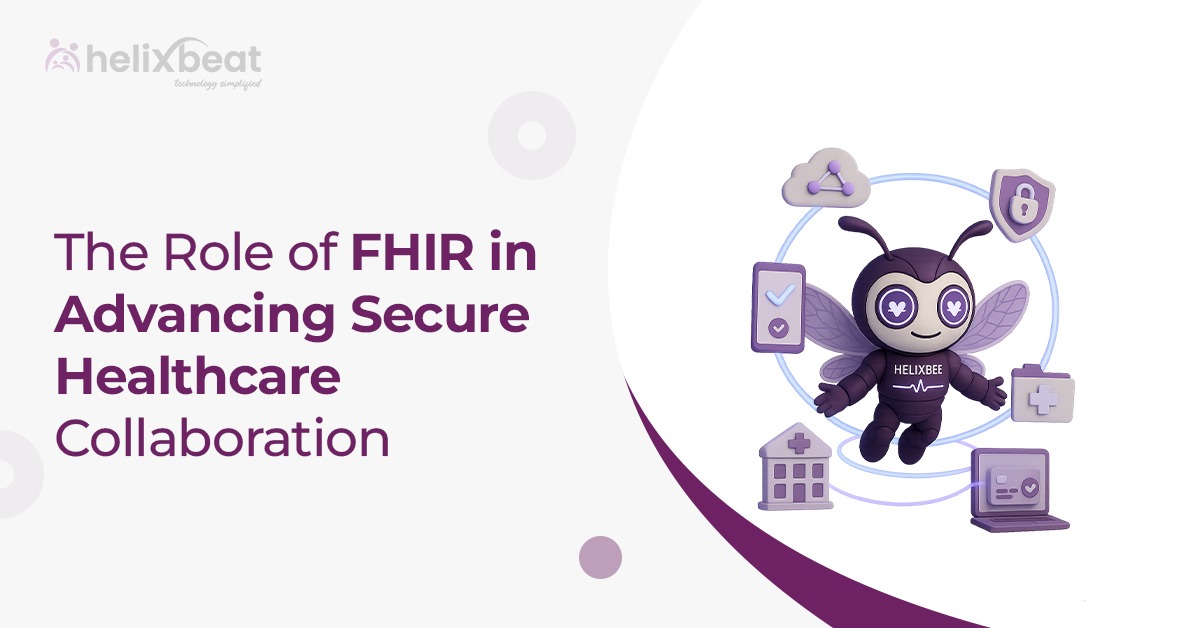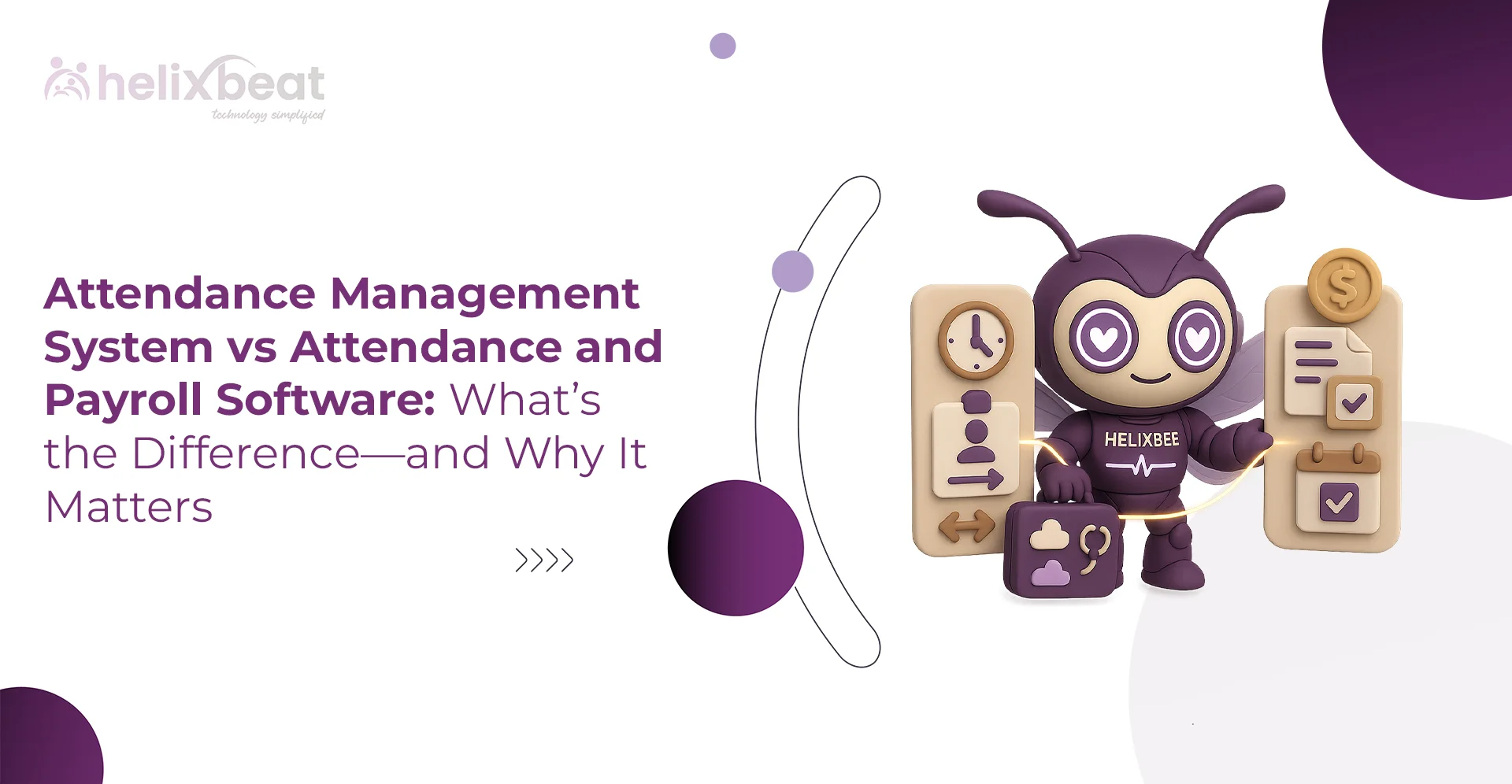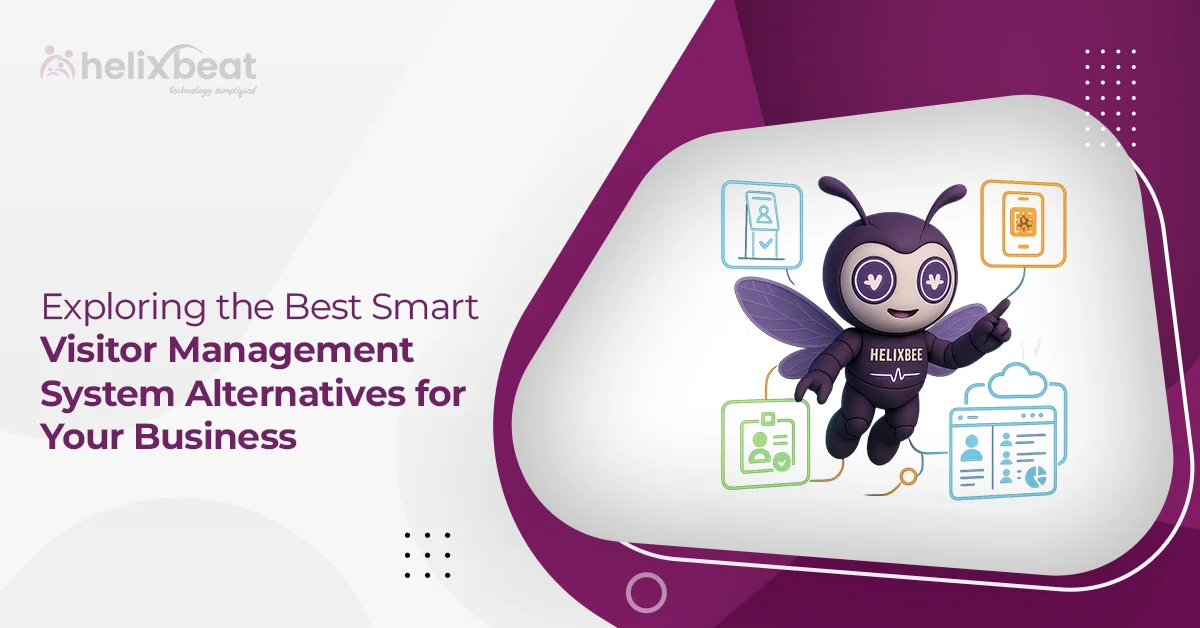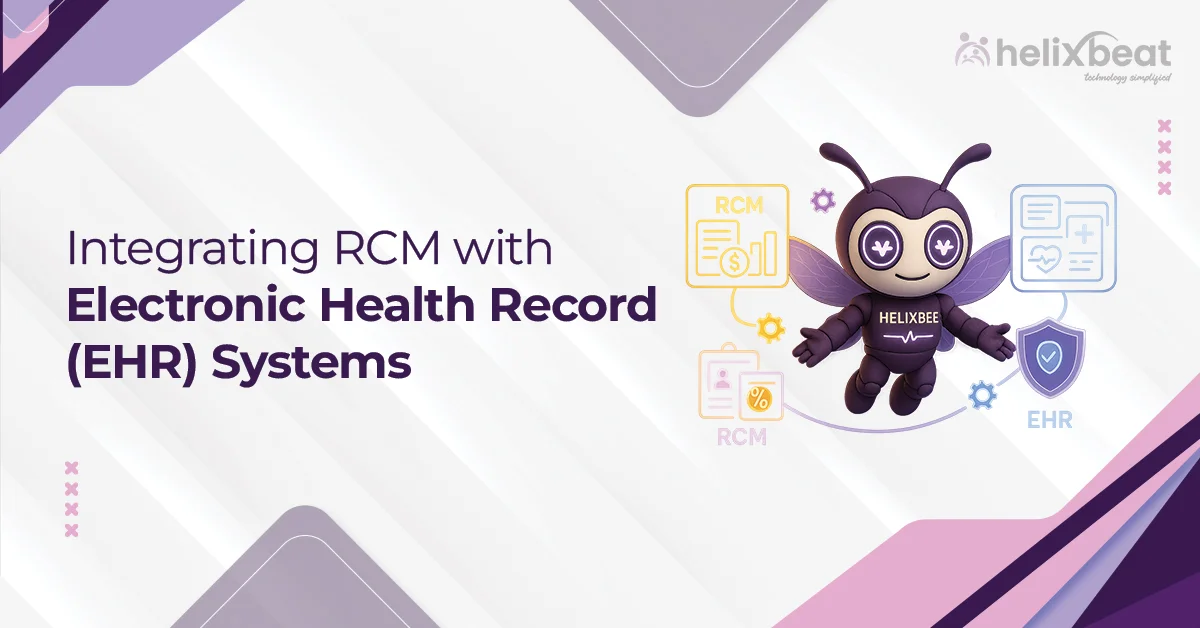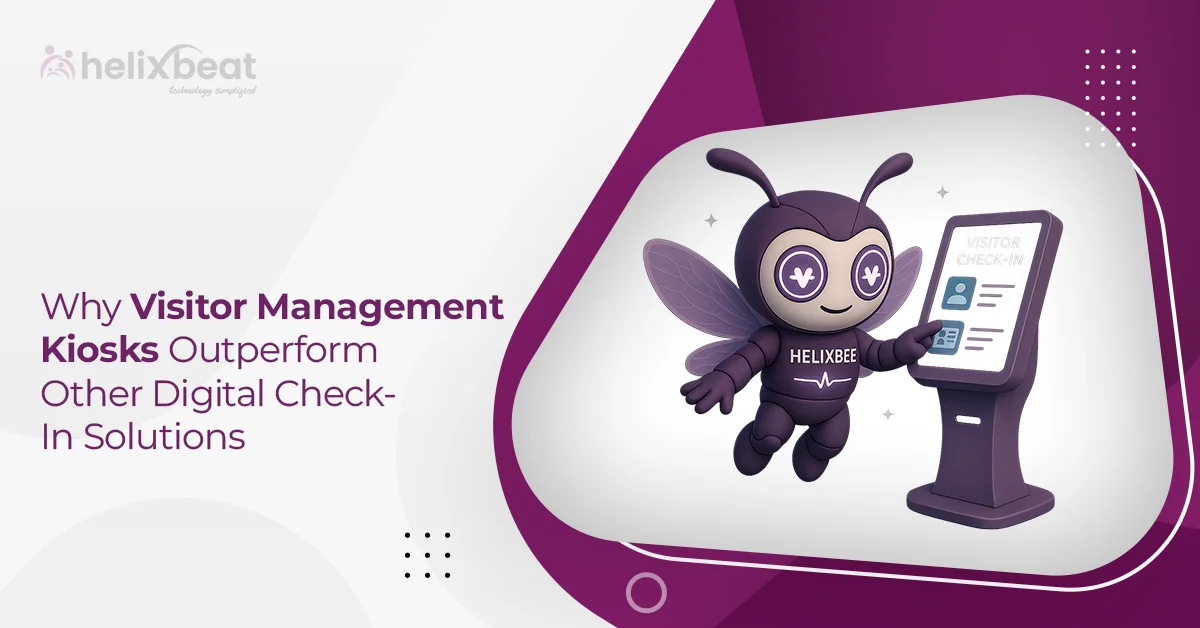Today, healthcare systems are often held back by fragmented data, making it tough for providers, patients, and organizations to work together. However, the FHIR standard is changing that. Developed by HL7, it’s a key framework that helps everyone share health information easily and securely.
In this blog, we’ll discuss how FHIR enables different stakeholders to share critical data while maintaining robust privacy protections.

Table of Contents
Understanding the FHIR Standard
The FHIR standard, which stands for Fast Healthcare Interoperability Resources, represents a modern approach to healthcare data exchange. Published by HL7, it focuses on making health information accessible, discoverable, and understandable as individuals navigate various care settings. Unlike older standards, the FHIR standard builds on over two decades of HL7 experience, incorporating lessons from versions like HL7 V2, V3, and Clinical Document Architecture (CDA) to simplify implementation without compromising data integrity.
At its core, the FHIR standard defines a set of rules and specifications for the secure exchange of electronic healthcare data. It operates as an application programming interface (API)-focused standard, enabling systems to represent and transmit health information in a structured format. This design supports real-time access to patient records, like test results or treatment histories, which proves invaluable for coordinated care efforts.
The FHIR standard divides its architecture into modular components, covering areas from foundational infrastructure to specialized domains like clinical reasoning and financial billing. This modularity makes it adaptable for diverse applications, from small clinics to large hospital networks.
Core Features of the FHIR Standard
A great thing about the FHIR standard is that it uses “resources” as its basic building blocks. These resources contain exchangeable content like patient demographics, observations, and care plans. You can link them together to create comprehensive datasets. They cover everything from clinical information, like allergies and diagnostic reports, to administrative details about organizations and devices, giving you a versatile toolkit for managing data.
The FHIR standard uses RESTful APIs, which makes it easy to integrate with web technologies. On top of that, it has built-in ways to trace data, following the trusted HL7 models to keep everything consistent.
A big part of what makes it work is its support for linked data and conformance testing. Using things like capability statements and structure definitions, the FHIR standard lets systems announce what they can do and what their limitations are. This makes it much easier to connect different platforms, helping healthcare entities work together more effectively to care for their patients.
Security Mechanisms in the FHIR Standard
While the FHIR standard itself does not function as a security protocol, it specifies exchange methods that integrate with established security measures to protect sensitive health data. All production exchanges must occur over Transport Layer Security (TLS), such as HTTPS, to safeguard communications against unauthorized access.
Authentication also plays an important role, with recommendations for OAuth 2.0 in web environments. This framework verifies users and clients, incorporating protocols like OpenID Connect for identity confirmation.
Authorization and access control utilize security labels to manage permissions, supporting models like Role-Based Access Control (RBAC) or Attribute-Based Access Control (ABAC). These labels categorize data by confidentiality levels, and access decisions may involve declared purposes of use, aligned with privacy consents. Such controls enable redacted responses when full disclosure poses risks, thereby maintaining compliance with regulations like HIPAA.
Audit logging and digital signatures further strengthen security. The FHIR standard defines Provenance and AuditEvent resources to track data origins, authorship, and access history. These tools enable comprehensive monitoring, which is important for detecting and responding to potential breaches in collaborative settings.
Real-World Applications of the FHIR Standard
Several case studies demonstrate the impact of the FHIR standard on secure healthcare collaboration. For example, Apple’s Health Records app utilizes FHIR APIs to enable users to view lab results, medications, and procedures from participating healthcare providers.
Another example involves immunization tracking and medication management, where the FHIR standard enables secure sharing among public health agencies, reducing errors and improving response times during outbreaks. These applications demonstrate how the standard transforms interoperability, promoting efficient and secure collaborations.
FUSION: Supercharge Your Healthcare Solutions with FHIR APIs
Built with RESTful APIs, FUSION is a FHIR server created to deliver easier, faster, and more accurate data exchange.
FUSION stores patient data in FHIR format, which is the global standard for healthcare data. This enables different apps, hospitals, and systems to communicate with each other and share critical health information in real-time.
What sets FUSION apart is that it also stores medical coding systems like SNOMED CT, LOINC, and ICD. This keeps all data consistent, accurate, and ready for clinical use, reporting, and analytics.
Key features of FUSION include
- FHIR-native architecture
- Plug-and-play APIs for rapid deployment
- Real-time data sharing across multiple endpoints
- Strong security controls that meet compliance standards
- Support for both structured and unstructured data
Whether a hospital wants to exchange records with external labs or enable app-based clinical tools, FUSION acts as the smart bridge, without needing to replace existing infrastructure.
Final Thoughts
Looking ahead, the FHIR standard continues to evolve, with ongoing releases incorporating feedback to enhance features like advanced analytics integration. By embracing this framework, the sector can achieve greater connectivity, ultimately improving patient experiences and outcomes.
Discover how FUSION, with its FHIR-native architecture, can transform your healthcare systems today.
FAQs
1. What are the core features of the FHIR standard?
FHIR uses resources like patient demographics, care plans, and clinical data to enable efficient healthcare data exchange. It also integrates with web technologies using RESTful APIs, making it easy for different systems to work together.
2. How does FHIR secure patient data?
While FHIR itself is not a security protocol, it supports robust security measures like Transport Layer Security (TLS), OAuth 2.0 for authentication, Role-Based Access Control (RBAC) for permissions, and audit logging to protect sensitive health data.
3. How does FUSION integrate with FHIR?
FUSION is a FHIR server that enables real-time data sharing across different systems. It supports both structured and unstructured data and integrates with medical coding systems like SNOMED CT, LOINC, and ICD, making data consistent and ready for clinical use.
4. Can FHIR be used with existing healthcare infrastructure?
Yes, FHIR is designed to be flexible and works as a plug-and-play solution. Servers like FUSION can integrate with existing healthcare infrastructure, making data exchange seamless without requiring a complete overhaul of the system.



